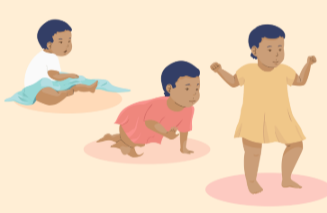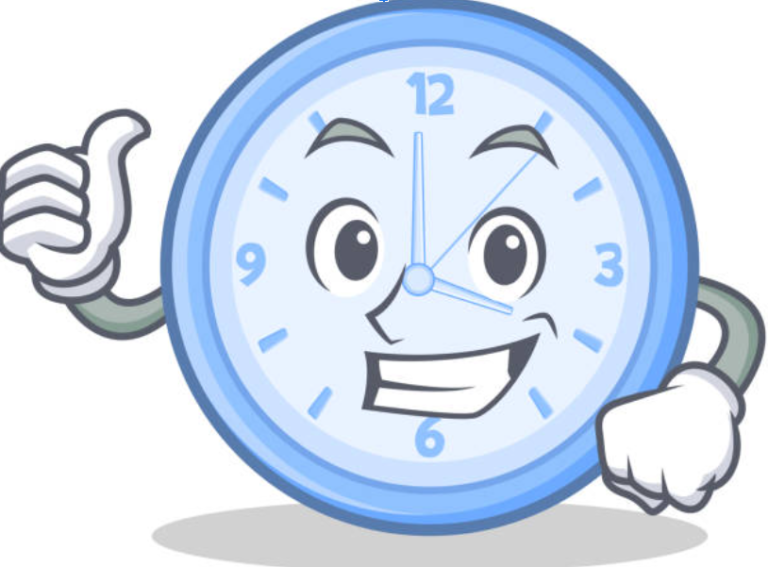Navigating the First Years: Understanding Your Baby’s Movement Patterns

The first few years of your baby’s life are filled with milestones—rolling over, crawling, standing, and those long-awaited first steps. These movement patterns aren’t just exciting moments for parents—they’re key indicators of healthy physical and neurological development. Understanding what’s typical and when to be concerned can help parents support their child’s growth with confidence.
Sometimes, unusual patterns or delays in movement may point to conditions like cerebral palsy, a group of disorders that affect muscle tone and motor skills. While not every delay signals a problem, knowing the signs and being proactive can make a major difference in your child’s developmental journey.
What Are Typical Movement Patterns in Babies?
Babies go through a fairly predictable sequence of movement development in their first years. Here’s a general guide to common motor milestones:
- 0–3 months: Lifts head briefly when on tummy, moves arms and legs actively
- 4–6 months: Rolls over, begins to sit with support, pushes up on arms
- 7–9 months: Sits without support, begins to crawl or scoot
- 10–12 months: Pulls to stand, cruises along furniture, may begin walking
Of course, each baby is different. Some may skip crawling altogether and go straight to walking. A few weeks’ variation in reaching milestones is usually not a cause for concern. However, persistent delays, stiff or floppy movements, or asymmetry in movement could suggest something more serious.
Recognizing Early Red Flags
Parents are often the first to notice when something feels off in their baby’s development. Watch for these early signs that may require a closer look:
- Stiff or floppy limbs
- Delayed rolling, sitting, or crawling
- Baby consistently favors one side (for example, always reaching with one hand)
- Poor head control past 4 months
- Inability to stand with support by 12 months
These signs don’t always mean your child has a neurological condition, but they should be brought to your pediatrician’s attention. In some cases, they can be early indicators of cerebral palsy.
What Is Cerebral Palsy?
Cerebral palsy is a group of disorders that affect movement, balance, and posture. It is caused by damage to the developing brain—either during pregnancy, childbirth, or shortly after birth. It’s one of the most common motor disabilities in children.
There are several types of cerebral palsy, with spastic cerebral palsy being the most common. It involves increased muscle tone, which makes movements stiff or jerky. Other types may affect coordination or cause involuntary movements.
Symptoms vary widely, from mild movement difficulties to severe physical disabilities. Some children may show signs early, while in others the condition becomes more noticeable over time as movement expectations grow.
How Is Cerebral Palsy Diagnosed?
Diagnosing cerebral palsy typically involves a combination of:
- Developmental monitoring and screenings
- Physical and neurological exams
- Brain imaging (MRI or CT scan)
- Muscle and reflex testing
Doctors often monitor a baby’s development over several months before making a definitive diagnosis. If cerebral palsy is suspected, early diagnosis is essential to begin interventions that can greatly improve long-term outcomes.
The Importance of Early Intervention
If your baby is diagnosed with cerebral palsy, don’t panic. While the condition is lifelong, early intervention can significantly improve your child’s mobility, independence, and quality of life.
Intervention strategies may include:
- Physical therapy to improve movement, strength, and coordination
- Occupational therapy to support daily activities and fine motor skills
- Speech therapy if communication or feeding is affected
- Assistive devices such as braces, walkers, or seating supports
The earlier these therapies begin, the better the results—especially in the first three years, when the brain is most adaptable.
Read more: Critical Considerations for Your Procurement Technology Journey
Supporting Your Baby’s Development at Home
Even without a formal diagnosis, you can do a lot to support your baby’s movement development:
- Provide plenty of tummy time from an early age
- Encourage reaching, grasping, and other active play
- Avoid extended time in swings or bouncers that limit movement
- Create a safe space for crawling, standing, and walking
- Pay attention to any changes in your child’s posture or coordination
If cerebral palsy becomes a concern, your role as a parent becomes even more crucial. Your support, love, and advocacy will help your child reach their fullest potential.
Conclusion
Understanding your baby’s movement patterns is one of the most important ways to monitor their early development. While every child grows at their own pace, certain signs—like stiff muscles, unusual posture, or missed milestones—should not be ignored. These may be early symptoms of cerebral palsy, a condition that benefits tremendously from early recognition and intervention.
Trust your instincts. If something feels unusual, seek guidance. Whether your child is simply developing on a different timeline or has a condition like cerebral palsy, your attentiveness can make all the difference in their future success and independence.





